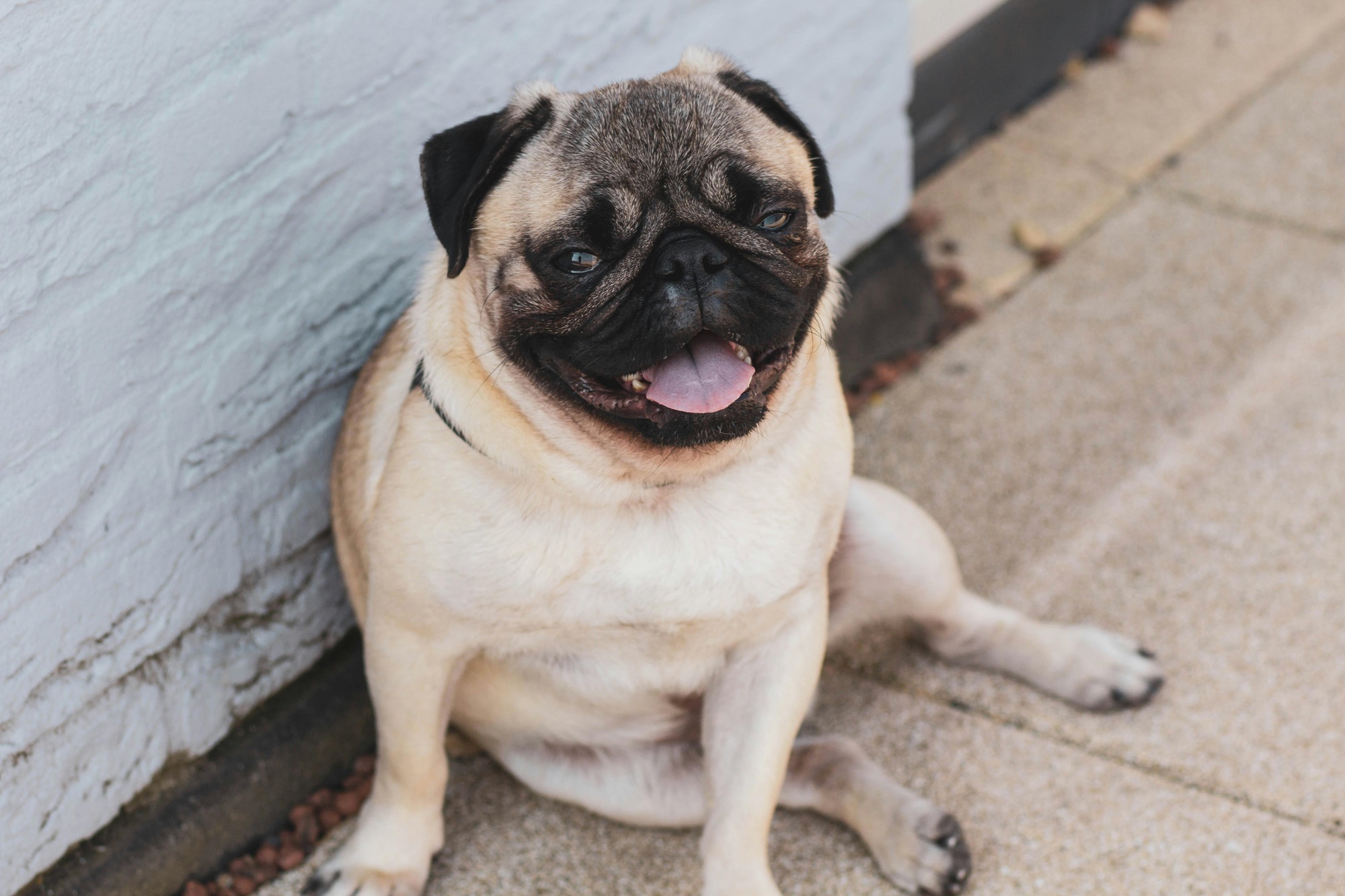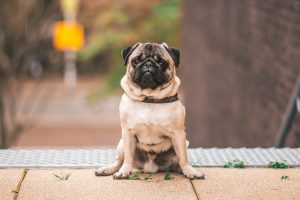Welcome to the Pet Breed Hub, your go-to resource for everything about pet breeds. Today, we’re diving into the world of the adorable pug dog. Let’s explore this small yet mighty breed uniquely and engagingly!
Key Points
Origin: Ancient China
Personality: Loving, playful, and great with kids
Size: Small but sturdy
Life Expectancy: 12–15 years
Introduction to Pug Dogs
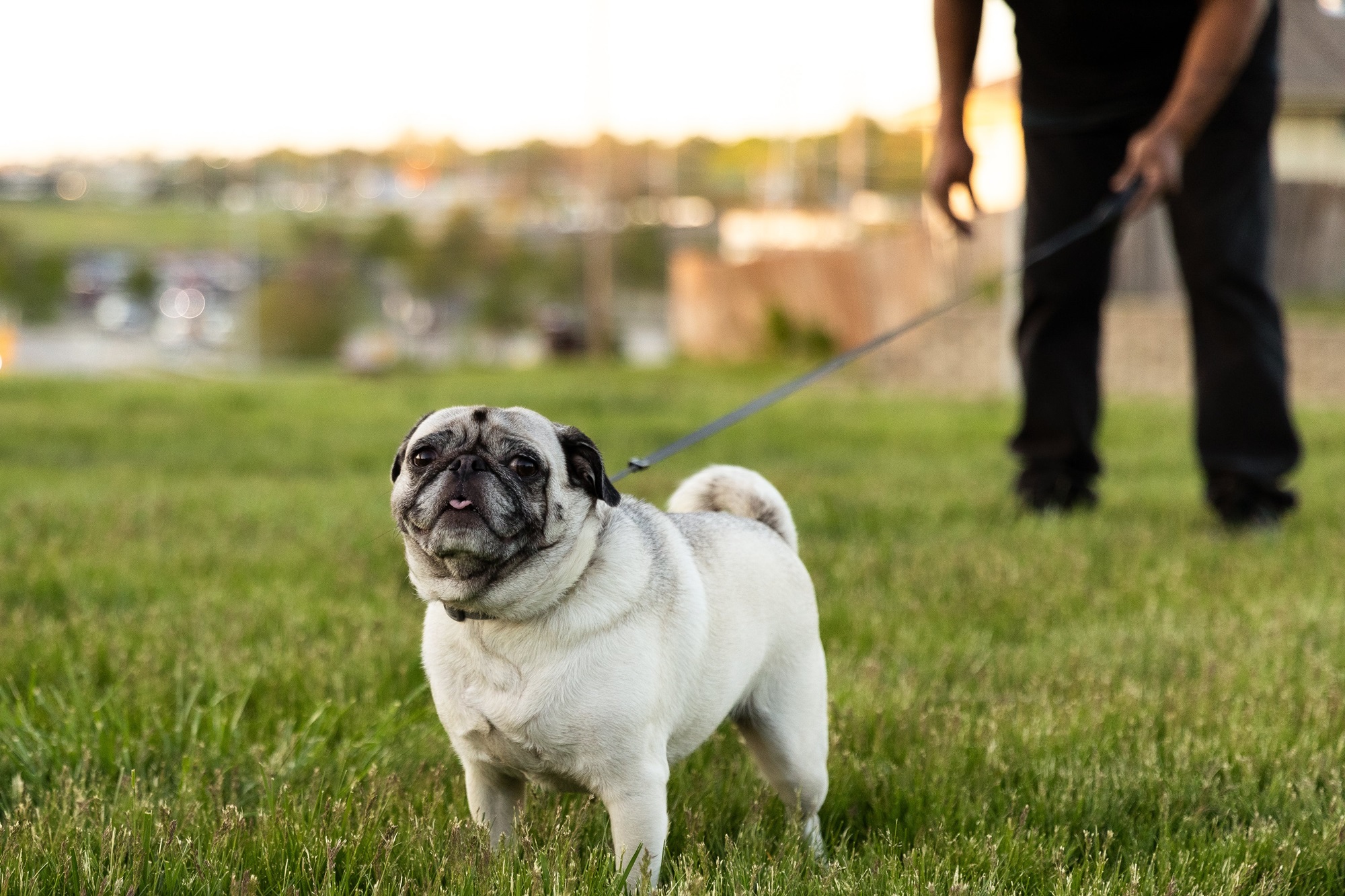
Why Pugs Capture Hearts
Compact Companions: Pugs are the epitome of a lot in a little! They’re small enough to snuggle into your lap but robust enough for playful antics.
Expressive Faces: With their wrinkly, short-muzzled face and big, soulful eyes, Pugs often communicate without saying a word (or barking).
Endearing Clowns: These dogs are natural entertainers. Whether it’s their comical expressions or playful behavior, Pugs are sure to bring laughter into your home.
Ideal for
Family Life: Pugs adore human companionship. Their gentle and loving nature makes them great pets for families with children.
Apartment Living: Due to their size, Pugs are perfect for apartment dwellers. They don’t need a backyard to be happy—just a cozy corner and your company.
First-Time Pet Owners: If you’re new to the world of pets, a Pug could be your ideal starter dog. They’re adaptable, easygoing, and full of love.
History and Origin of Pug Dogs
Pugs are not just pets; they are a chapter from history, wrapped in fur! These little dogs have a royal and intriguing past that dates back centuries.
Ancient Chinese Beginnings
Imperial Favorites: Originating in ancient China, Pugs were the cherished companions of Chinese emperors. Their compact size made them ideal lap dogs for the royals.
Breed for Nobility: Pugs weren’t just pets; they were symbols of status and luxury. Born to adorn the lavish lifestyles of the elite, they were treasured and pampered.
A Journey Across Continents
European Aristocracy: From China, the charm of the Pug spread to Europe. They were equally adored by European nobles. In the Netherlands, they even became the official dog of the House of Orange.
Symbol of Affection and Loyalty: Pugs were often seen in paintings, sitting loyally beside their noble owners. Their expressive faces and devoted nature made them a favorite subject.
The Pug’s Evolution
Distinct Features: Over the centuries, selective breeding emphasized the Pug’s distinctive features—the wrinkled face, curly tail, and compact, muscular body.
Global Popularity: Today, Pugs have stepped out of royal courts and into the hearts of people worldwide. Their endearing qualities have made them beloved pets in many countries.
Physical Characteristics of Pug Dogs
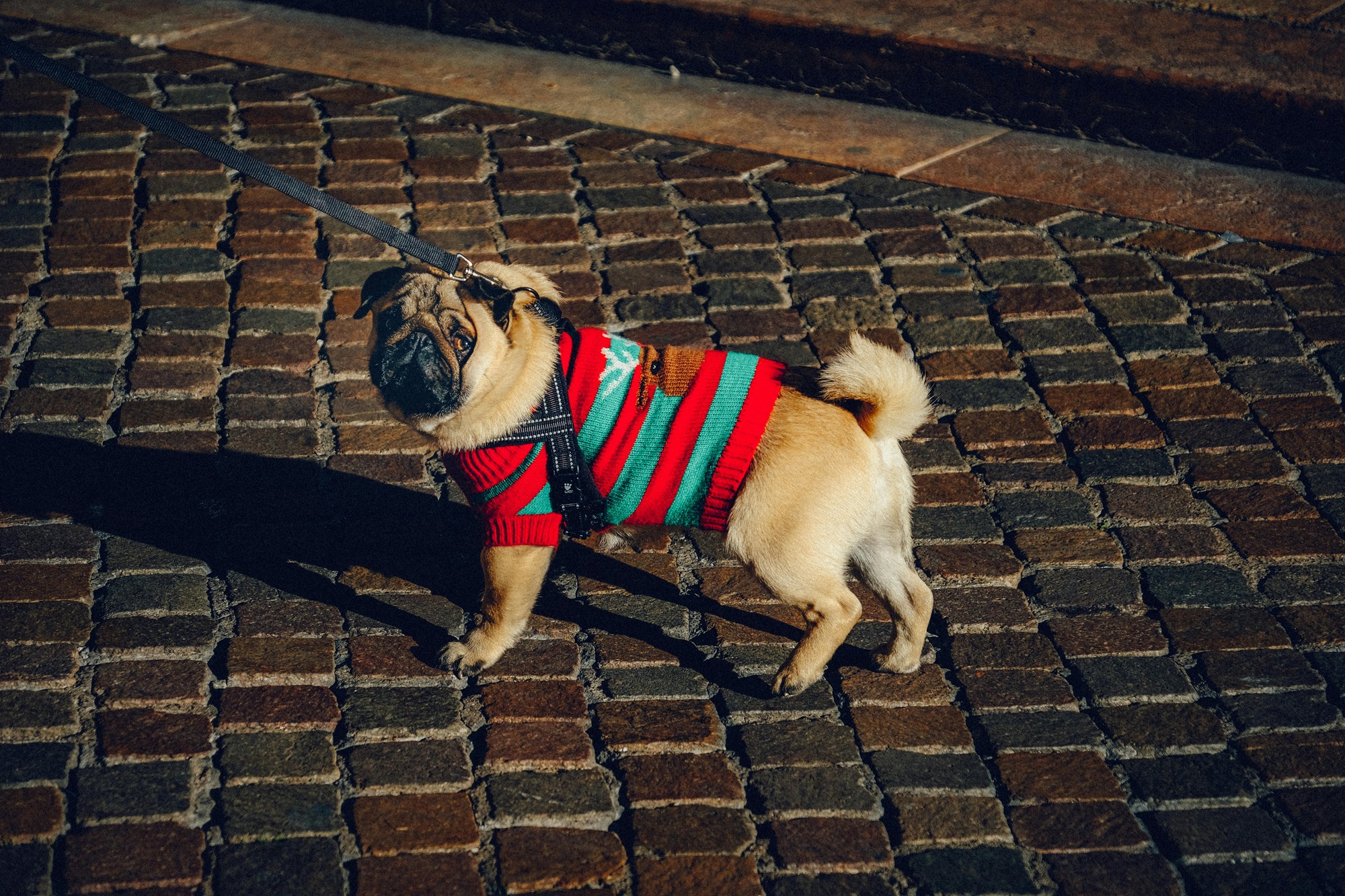
Pug Dogs are a delightful blend of unique physical traits that make them stand out in the canine world. Let’s delve into the distinctive characteristics that define these adorable pooches:
Compact and Sturdy Build
Size: Typically, Pugs weigh between 14 to 18 pounds, making them a small breed. Despite their size, they’re surprisingly sturdy and muscular.
Structure: They possess a square-shaped body with a strong, straight back. This compact structure gives them a robust appearance.
The Signature Pug Face
Facial Features: Pugs are famous for their expressive, wrinkled faces. The deep wrinkles and large, dark eyes are hallmarks of the breed.
Snout: Their snouts are short and blunt, giving them a distinctively cute ‘pushed-in’ facial appearance.
Coat and Color
Coat: Pugs have a fine, smooth, and glossy coat. It’s soft to the touch, adding to their cuddle-worthy appeal.
Colors: Their coats come mainly in two colors: fawn and black. The fawn Pugs often have a black mask, adding to their charming look.
Tail and Gait
Tail: One of the most notable features is their tightly curled tail. It’s a quirky trait that often wags in unison with their cheerful demeanor.
Gait: Pugs move with a jaunty, confident stride. Their small size doesn’t hinder their spirited walks and playful romps.
Temperament of Pug Dogs
The temperament of Pug Dogs is as delightful as their expressive faces. These dogs are known for their charming, affectionate, and playful nature, making them beloved companions.
Sociable and Loving
People-Oriented: Pugs thrive on human companionship. They form strong bonds with their families and love being part of every activity.
Affectionate Nature: Known for their loving disposition, Pugs often seek out affection and enjoy cuddling with their owners.
Playful and Cheerful
Fun-Loving: Pugs have a playful and somewhat mischievous side. They enjoy playing games and can be quite entertaining with their antics.
Good with Children: Their gentle and playful nature makes them excellent companions for children. They’re patient and sturdy enough to handle playtime.
Even-Tempered and Adaptable
Calm Disposition: Pugs typically have a calm and even-tempered personality. They’re not overly aggressive or timid.
Adapts Well: Whether in an apartment or a house with a yard, Pugs adapt well to different living environments. They’re content as long as they’re with their loved ones.
Loyal and Attentive
Loyal Companions: Loyalty is a defining trait of pugs. They’re devoted to their families and they often follow their owners around the house.
Alert and Curious: Pugs are naturally curious and alert. They pay attention to their surroundings, making them good little watchdogs.
Health and Care of Pug Dogs
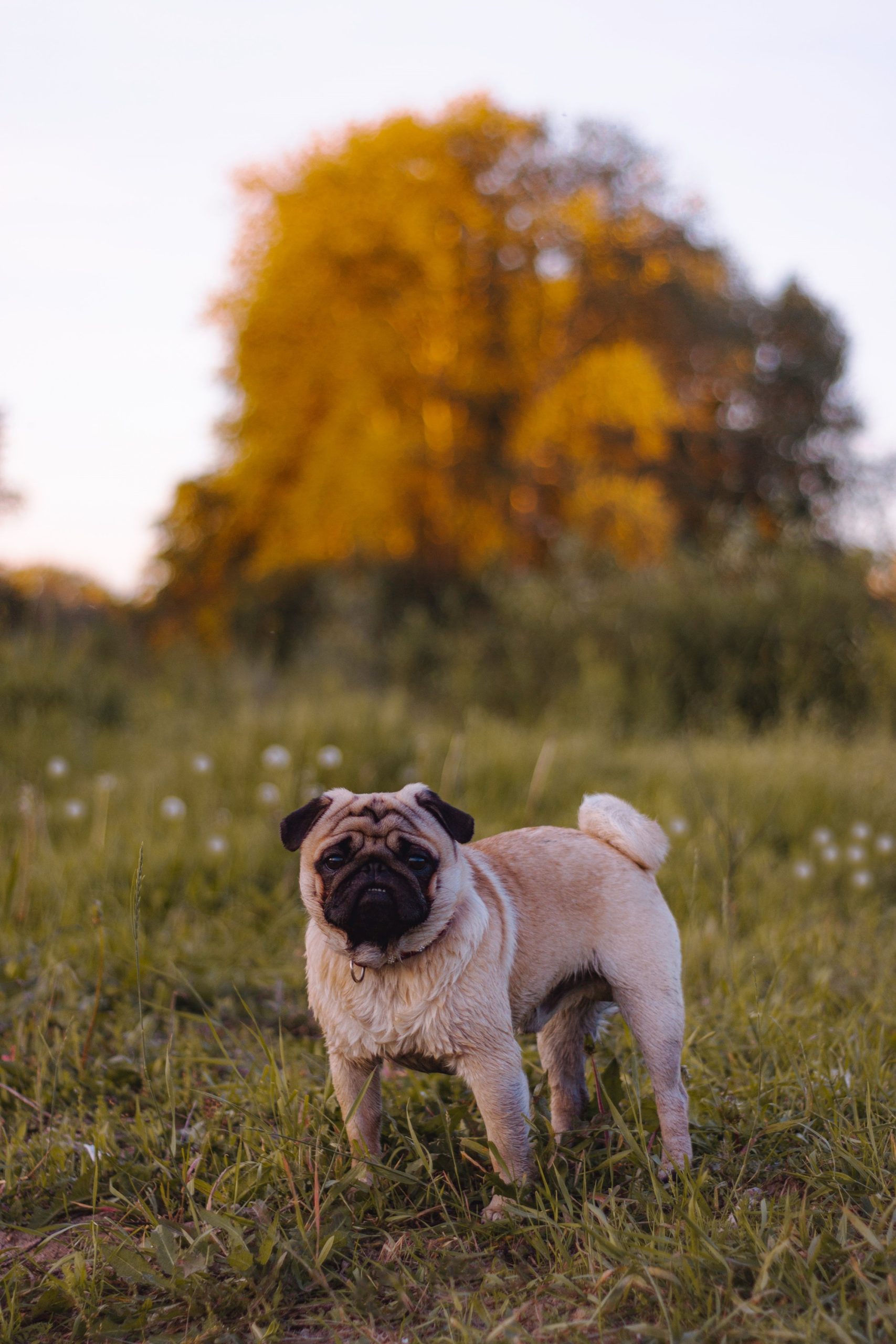
Pug Dogs, with their unique features and charming personalities, require specific attention to their health and care. Understanding their needs is crucial for maintaining their well-being and happiness.
Health Considerations
Respiratory Issues: Due to their brachycephalic (short-nosed) facial structure, Pugs are prone to breathing difficulties, especially in hot or humid weather.
Skin Care: The deep wrinkles on their face need regular cleaning to prevent skin infections.
Eye Health: Their prominent eyes are susceptible to injuries and disorders like corneal ulcers.
Weight Management: Pugs love to eat and can easily become overweight, which can lead to other health issues.
Diet and Nutrition
Balanced Diet: A diet appropriate for small-breed dogs, rich in nutrients, and with the right balance of proteins, fats, and carbohydrates is essential.
Portion Control: Monitor their food intake to prevent obesity. Pugs can be quite persuasive in asking for treats, but it’s important to resist overfeeding.
Exercise and Activity
Moderate Exercise: Daily walks and play sessions help keep Pugs fit, but avoid overexertion, especially in hot weather.
Mental Stimulation: Mental exercise through games and toys is as important as physical activity to keep them engaged and happy.
Grooming
Regular Brushing: Their coat, though short, sheds quite a bit. Regular brushing helps manage shedding and keeps their coat healthy.
Nail Trimming and Dental Care: Regular nail trims and dental care are important to avoid overgrowth and dental issues.
Regular Veterinary Check-ups
Health Monitoring: Routine vet visits are vital for the early detection and management of potential health problems.
Training and Socialization of Pug Dogs
Training and socializing Pug Dogs are key aspects of their care, ensuring they grow into well-adjusted and happy pets. Despite their small size, Pugs are eager to learn and enjoy interacting with people and other animals.
Positive Reinforcement Training
Motivation through Rewards: Pugs respond well to positive reinforcement techniques. Use treats, praise, and play as rewards for good behavior.
Consistency is key: Regular training sessions and consistent commands help pugs understand and follow instructions.
Socialization
Early Exposure: Introducing pugs to various people, pets, and environments at a young age helps them become more confident and sociable.
Gentle Introduction: Due to their sensitive nature, it’s important to ensure that socialization experiences are positive and not overwhelming.
House Training
Patience and Routine: House training a Pug requires patience. Establish a routine and take them out regularly to the same spot for their bathroom breaks.
Accident Management: If accidents happen, it’s important to remain calm and not punish them. Instead, reinforce good habits with positive reinforcement.
Teaching Basic Commands
Essential Commands: Teaching basic commands like ‘sit’, ‘stay’, ‘come’, and ‘heel’ can be both fun and beneficial for safety and behavior management.
Short and Engaging Sessions: Pugs have a relatively short attention span, so training sessions should be short, fun, and engaging.
Behavioral Training
Barking and Chewing: Address behaviors like excessive barking or chewing early through training and providing appropriate toys for chewing.
Social Manners: Training them to behave around other dogs and people is important, especially in public spaces.
FAQs
1: How long do Pugs typically live?
Pugs generally have a lifespan of 12 to 15 years, with proper care and regular veterinary check-ups.
2: Are Pugs good with children?
Yes, Pugs are known for their gentle and affectionate nature, making them great companions for children.
3: Do Pugs shed a lot?
Pugs do shed, especially during seasonal changes. Regular brushing can help manage their shedding.
4: Can Pugs live in hot climates?
Pugs can struggle in hot weather due to their short snouts. It’s important to keep them cool and avoid strenuous exercise in high temperatures.
5: Are Pugs easy to train?
Pugs are intelligent and can be trained easily with positive reinforcement techniques. However, they can sometimes be stubborn, so patience and consistency are key.
6: What health issues are common in Pugs?
Common health issues include respiratory problems, skin infections in their wrinkles, eye problems, and obesity.
7: How much exercise does a Pug need?
Pugs need moderate exercise, like short walks and play sessions, to maintain their health. They should not be over-exercised, especially in hot or humid conditions.
8: Can Pugs be left alone for long periods?
Pugs are social animals and can experience separation anxiety if left alone for too long. It’s best to not leave them alone for more than a few hours.
9: Do Pugs bark a lot?
Pugs can be vocal, especially when they want attention or are excited, but they are not typically excessive barkers.
10: What is the best way to groom a Pug?
Regular brushing, cleaning their facial wrinkles, and bathing when necessary. It’s also important to keep their nails trimmed and maintain good dental hygiene.
trained to handle short periods alone.
Conclusion
Pug Dogs are perfect if you want a loving, playful companion. They’re ideal for families, singles, and seniors alike. Remember, these delightful pups thrive on human interaction and love!
References And External Links
American Kennel Club (AKC): Pug Dog Breed Information: The AKC offers a wealth of knowledge on Pug Dogs, including details on their breed standards, personalities, and health.
Pug Dog Club of America: PDCA: As a breed-specific club, PDCA provides resources, breed-specific health information, and tips for Pug owners.
Veterinary Centers: Websites like Vetstreet or PetMD: These sites offer medical and health-related information about Pugs, including common health issues and care tips.
The Spruce Pets: Pug Dog Breed Profile: A Comprehensive Guide Covering the Temperament, Care, and History of Pug Dogs.
DogTime: Pug: This website provides a detailed overview of pugs, including their characteristics, behavior, and training tips.
Pet Adoption Websites: Petfinder: If you’re looking to adopt a Pug, Petfinder lists Pugs available for adoption across various shelters.
RSPCA: (Royal Society for the Prevention of Cruelty to Animals): Pug Dogs: Offers information on the breed, including care and welfare tips.

